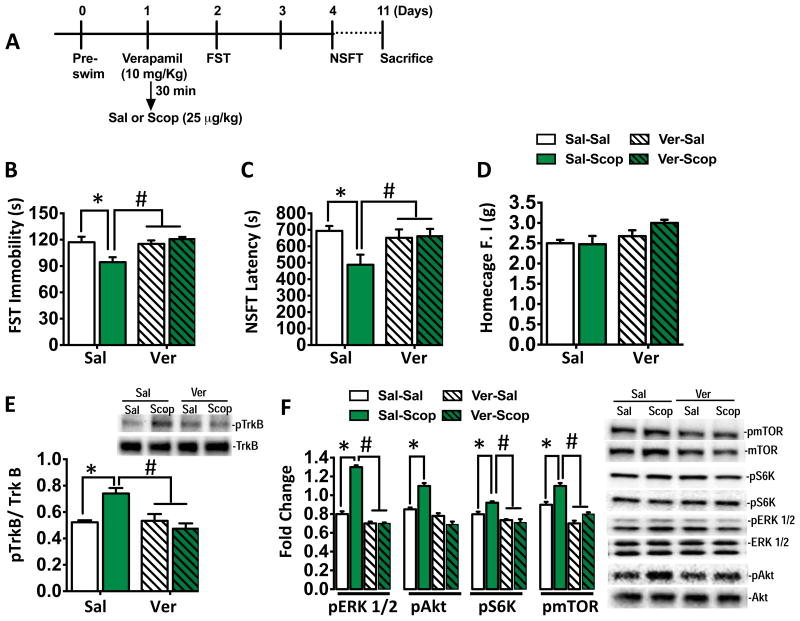Figure 2. L-type VDCC antagonist blocks the antidepressant behavioral effects of scopolamine.
(A) Experimental timeline showing verapamil (10 mg/kg, i.p) and systemic scopolamine (25 μ/kg) dosing, and behavioral and molecular analysis (n=6-10/group). (B) Scopolamine produced a significant decrease in immobility time in the FST and this effect was completely blocked by pretreatment with verapamil (*P < 0.05 vs. saline-treated) [main effects of treatment (F1,20 = 3.27, *P < 0.05), verapamil (F1,20 = 16.46, *P < 0.05), treatment X verapamil interaction (F1,20 = 8.55, *P < 0.01)]. (C) Scopolamine also produced a significant decrease in the latency to feed in the NSFT, which was blocked by verapamil pretreatment (#P < 0.05 vs. scopolamine-treated) [main effects of treatment (F1,36 = 4.12, *P < 0.05), and treatment X verapamil interaction (F1,36 = 4.98, *P < 0.03)]. (D) There were no significant differences in homecage feeding regardless of treatment. (E) Scopolamine (60 mins) significantly increased phosphorylation of TrkB in the rat PFC, and verapamil pretreatment prevented this effect. Total levels of TrKB protein were not different among the four groups. Representative immunoblots for phospho-TrkB (pTrkB) and total TrkB are shown [main effects of treatment (F1,36 = 4.12, *P < 0.05), and treatment X verapamil interaction (F1,36 = 4.98, *P < 0.05)]. (F) Analyses of changes in the mTORC1 signaling pathway within the PFC revealed a significant increase in pERK1/2, pAkt, pS6K and pmTOR in the scopolamine-treated (60 mins) rats; these effects were blocked by verapamil [main effects of treatment *p < 0.05, and treatment X verapamil interaction. p < 0.05]. N=5-9/ group. Representative immunoblots for phosphorylated and total protein levels are shown. All data are mean ± SEM. The data included were analyzed by a two-factor (treatment X Drug) ANOVA with Fisher LSD post hoc test. *p < 0.05 vs.Sal-Sal. #p < 0.05 vs. Sal-Scop.

